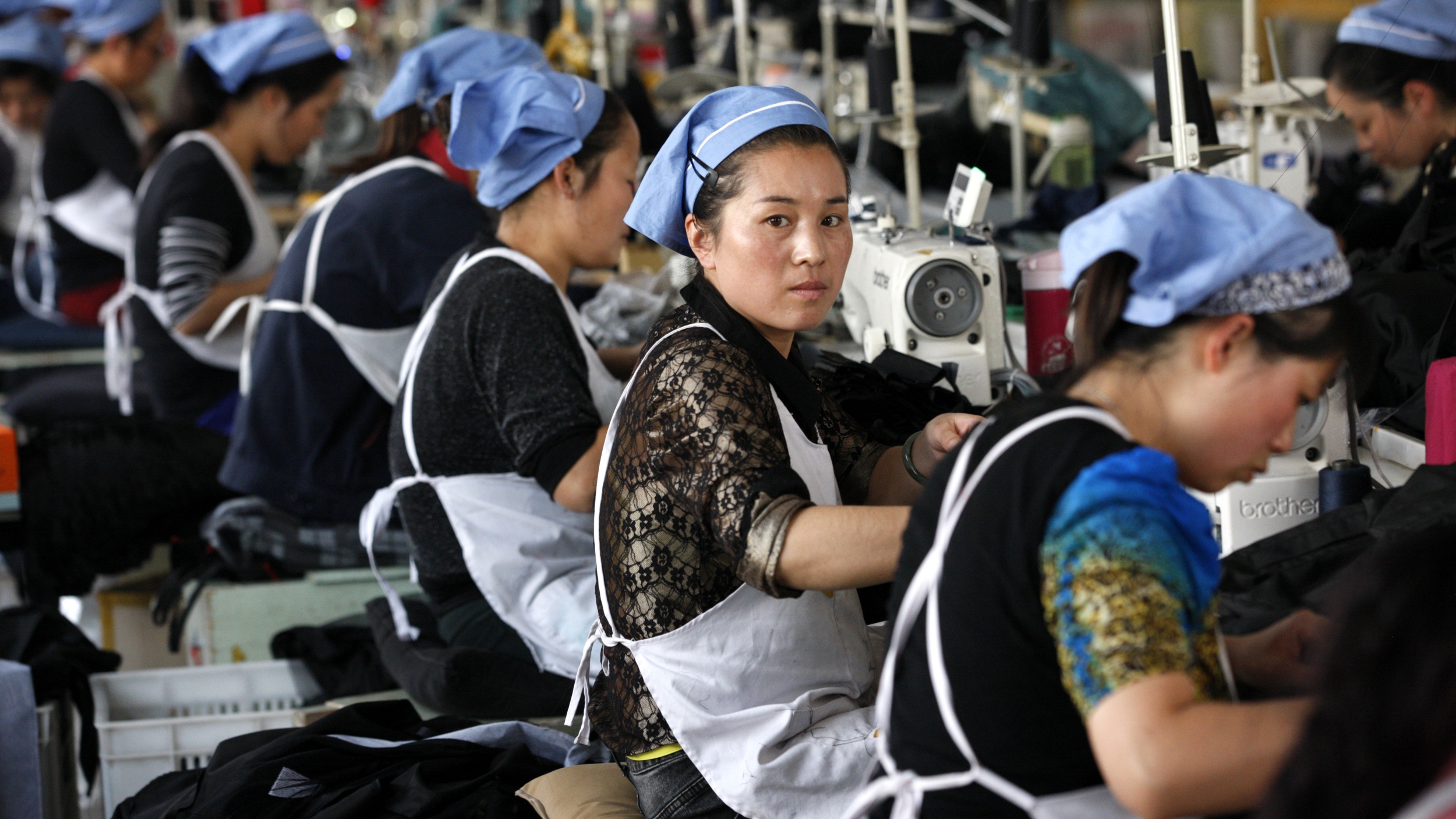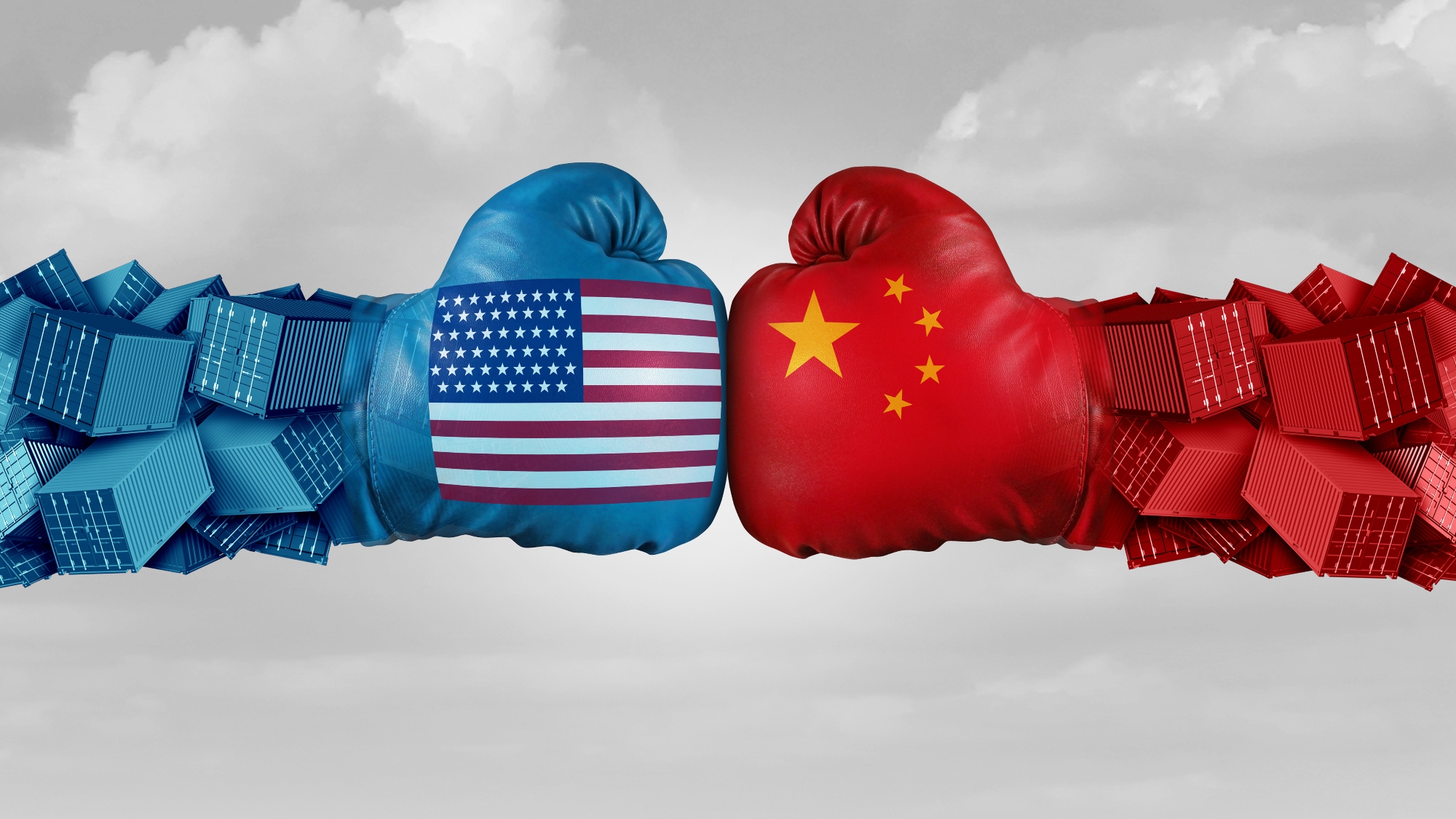Procurement Technology and Trust
For the average company, purchased products and services account for more than 60% of their total costs (1).
That makes procurement a likely candidate for cost reduction efforts. Procurement technology is promoted as a way to reduce these costs. But it is unlikely to work in the absence of a trusting relationship (2).
Purchasing accounts for a large percentage of most companies’ total costs. Organizations know procurement can lessen their profitability with, for example, costs related to processing requests-for-proposal or invoices (1). So it makes sense that they are examining the procurement function and looking for ways to reduce related transaction costs. However, organizations should also be fully aware of the benefit of developing a high level of trust throughout their supply chain. Higher levels of trust will increase the probability that they will reap the benefits of an application of technology, like a web exchange, to the fullest extent (2).
Economists say that society is best served when transaction costs are as low as possible. However, regardless of how technologically advanced our society becomes, there will always be some cost associated with the trade of goods and services. Now firms are banking on the idea that technology can be used to significantly reduce the costs of procurement. For example, web exchanges, which advertise procurement savings, are now widely available to buyers and suppliers in many industries. Particularly for firms operating in complex-product industries, this new technology has become an increasingly visible part of their cost reduction plans. Why is this?
The Value of Procurement Technology
Take, for example, the automotive industry. Obviously, the procurement of thousands of unique parts requires much more coordination than, say, the procurement of parts for a wooden chair. Therefore, the large part variety indicates that an automaker’s value chain has more to gain in terms of a procurement cost reduction through recent technological advances than the chair manufacturer’s value chain. Hence, automotive OEMs and suppliers are among the relatively new technology’s “first adopters.”
Many firms in the automotive industry have identified procurement as an area in which they can make improvements to their bottom line by reducing the costs of a transaction. Some examples of major web exchanges in the automotive industry are Covisint, SupplyOn, and FreeMarkets.
Automotive Industry Web Exchanges – Examples
Covisint
(http://www.covisint.com)
Covisint world headquarters is located in Southfield, Michigan. The company was founded in 2000 by automotive OEMs General Motors, Ford, DaimlerChrysler, Nissan, Renault, and technology companies Commerce One and Oracle. Since the company began, PSA Peugeot Citroën has also become a stakeholder.
SupplyOn
(http://www.supplyon.com/start_en.html)
SupplyOn world headquarters is located in Hallbergmoos, Germany. The company was founded in 2000 by automotive supply companies Bosch, Continental, INA and ZF, and technology company SAP. Siemens automotive joined the company at the end of 2001. The company advertises its solution as “a platform run by suppliers for suppliers.”
FreeMarkets
(http://www.freemarkets.com/en/default.asp)
FreeMarkets world headquarters is located in Pittsburgh, Pennsylvania. The company was founded in 1995 by Mr. Glen Meakam, who is now chairman of the publicly traded company. They are recognized for having “pioneered the reverse auction process (4).
Trust: A Challenge in Implementing Procurement Technology
Often, procurement technologies such as web exchanges are advertised as an easy way for companies to save time and money. However, according to Handfield and Nichols, leading authors in the field of supply chain management: “Until such fundamental issues as trust and information sharing are resolved with key suppliers and customers, no B2B technology is likely to ever have any significant impact on business processes (2).” In other words, open lines of communication throughout the value chain are necessary for the technology to live up to its promises.
Recently, academic researchers have uncovered empirical evidence that adds strength the position of practitioners who have long emphasized the importance of trust in supplier-buyer relationships. The authors of a study of 344 supplier-automaker relationships found that the “least-trusted automaker” had procurement (transaction) costs that were five times higher than the “most-trusted automaker (3).” More specifically, the authors found that, relative to the “most trusted automaker,” the “least-trusted automaker” spent significantly more of its face-to-face interaction time contracting and haggling with suppliers. Basically, these findings indicate that higher levels of trust create an increase in information sharing, which reduces transaction costs. The researchers came to the conclusion that trustworthiness creates value for both parties in a supplier-buyer relationship in the automotive industry.
Evidently, open lines of communication and the human element of trust are critical success factors of a company’s strategy for achieving transaction cost savings by means of changes to the procurement function. It stands to reason that this also holds true for buyer-supplier relationships utilizing the latest procurement technologies.
References:
(1) Degraeve, Z. and Roodhooft, F. (Jun, 2001). A smarter way to buy. Harvard Business Review.
(2) Handfield, R and Nichols, E. (2002). Supply chain redesign: transforming supply chains into integrated value systems. Upper Saddle River, NJ. 27.
(3) Dyer, J. and Chu, W. (Feb, 2003). The role of trustworthiness in reducing transaction costs and improving performance: empirical evidence from the United States, Japan, and Korea. Organization Science.
(4) Evans, B. (Jan, 2003). Going beyond e-procurement. InformationWeek.


